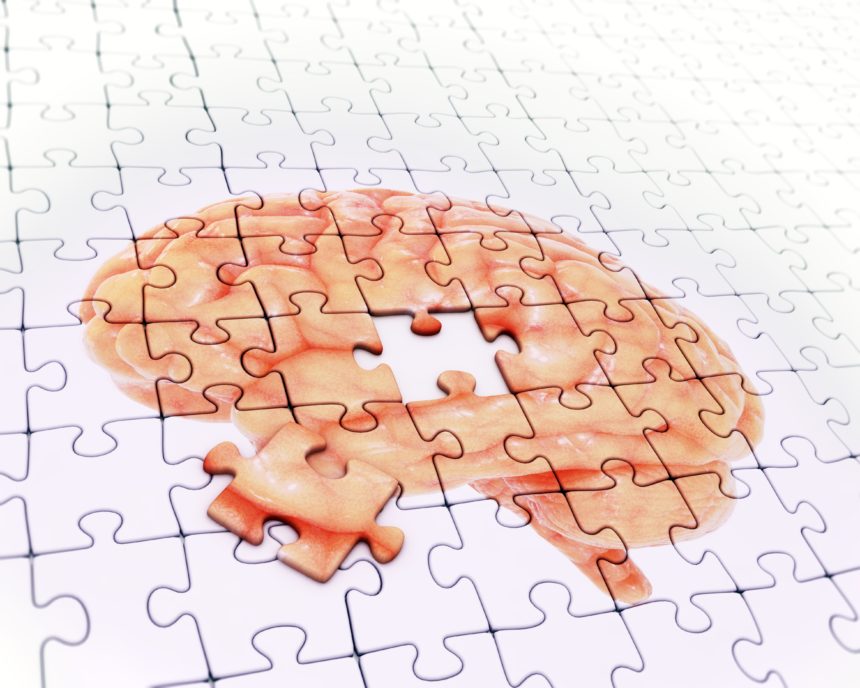
Cognitive disability emerged as the most prevalent disability in the United States in 2022, affecting 13.9% of adults. This is according to the Centers for Disease Control and Prevention’s annual update to the Disability and Health Data System (DHDS) released last week.
On a broader level, more than 1 in 4 adults in the United States, totaling more than 70 million people, reported having a disability in 2022, DHDS said. This comprehensive data, collected through the Behavioral Risk Factor Surveillance System (BRFSS), was further broken down to shed light on various aspects of disability prevalence.
- Older adults, particularly those aged 65 and above, reported a higher disability rate of 43.9% compared to other age groups.
- When examining disability status by race and ethnicity, American Indian or Alaska Native individuals and those identifying as multiracial or other races showed the highest prevalence at 38.7% each.
For the first time, the 2022 BRFSS included data on long COVID, offering insights into the relationship between disabilities and this still-prevalent health concern. For example, findings indicate that individuals with disabilities were more likely to experience long COVID symptoms compared to those without disabilities.
The CDC emphasized that while long COVID can affect anyone infected with SARS-CoV-2, certain groups face higher risks. The agency continues to recommend vaccination as the best protection against severe COVID-19 outcomes and collaborates with various partners to better understand and address the impacts of long COVID, particularly on people with disabilities.
“These findings underscore the fact that people with disabilities are a large part of every community and population,” DHDS explained. “Many of us know, or are, someone with a disability, and disability inclusion is beneficial for all. As we commemorate the upcoming 34th anniversary of the Americans with Disabilities Act on July 26, it’s important to remember disability is not a health outcome; it is part of the way people experience life, such as hearing, seeing, moving, processing information, and caring for oneself.”




